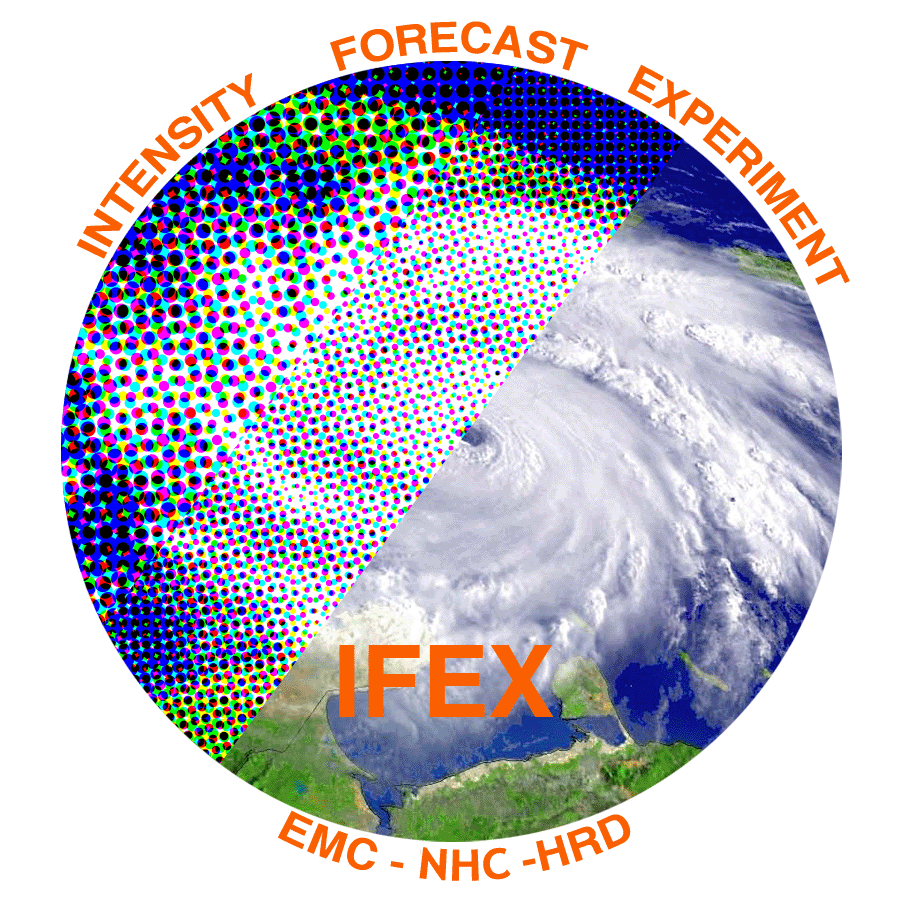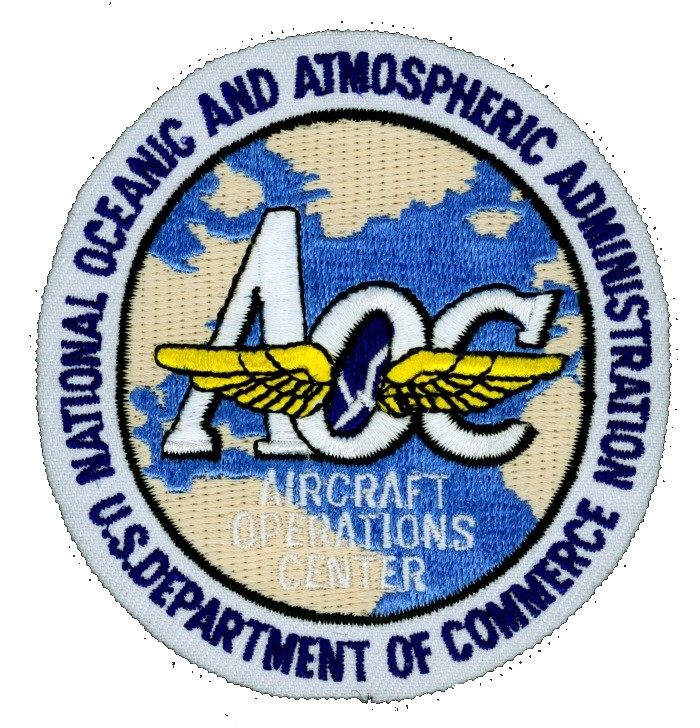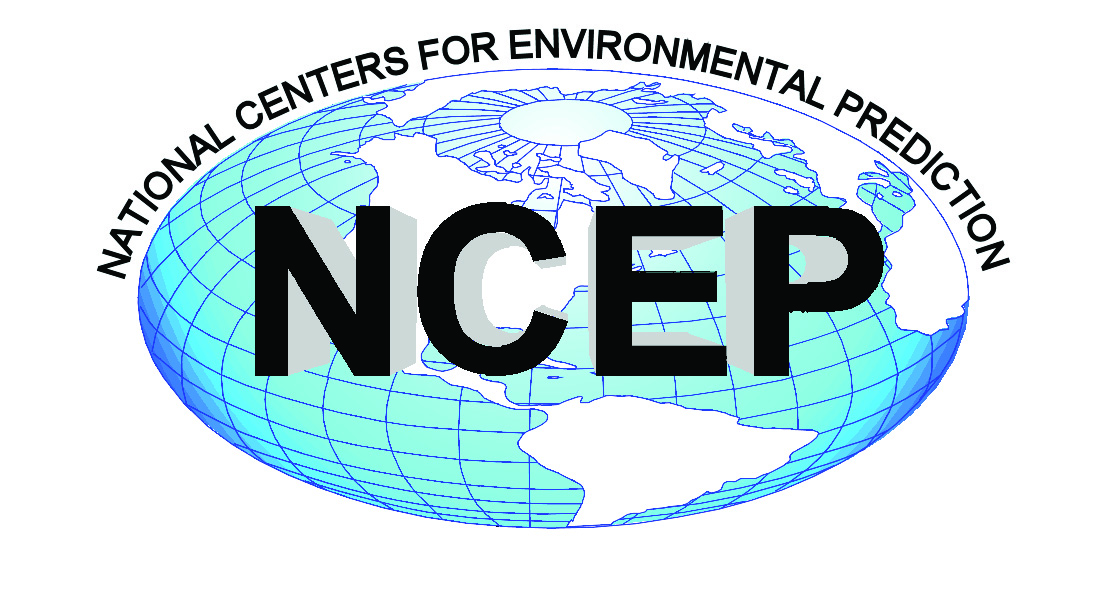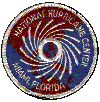 Intensity Forecasting EXperiment 2005
Intensity Forecasting EXperiment 2005
(IFEX05)
IFEX calendar
more details on IFEX
IFEX/NASA brief
NOAA's Hurricane Research Division, part of the Atlantic Oceanographic and
Meteorological Laboratories located in Miami, FL, will begin a multi-year
experiment this summer with the NOAA Aircraft Operations Center (AOC)
called the Intensity Forecasting Experiment (IFEX). Developed in partnership
with NOAA's Environmental Modeling Center (EMC) and its Tropical Prediction
Center, IFEX is intended to improve our understanding and prediction of
hurricane intensity change by collecting observations that will aid in the
improvement of current operational models and the development of the
next-generation operational hurricane model, the Hurricane Weather Research
and Forecasting model (HWRF). Observations will be collected in a variety of
hurricanes at different stages in their lifecycle, from formation and early
organization to peak intensity and subsequent landfall or decay over open
water.
There are several unique aspects of IFEX in 2005 that will help improve our
understanding and prediction of hurricane intensity change:
-
Hurricane genesis experiment - This experiment, flown with the two NOAA
P-3 aircraft in conjunction with a high-altitude ER2 NASA aircraft, is intended
to improve our understanding of how a tropical disturbance becomes a hurricane.
Very few aircraft measurements have been made in tropical disturbances over the
past 25 years, largely because it is so difficult to collect data in these
systems. The eastern Pacific Ocean is an ideal location for genesis studies,
since that region has the highest frequency of developing hurricanes per unit
area in the world.
Because most eastern Pacific storms originate close to Central America and
Mexico, NOAA and NASA aircraft will base operations out of San Jose, Costa
Rica in an attempt to observe developing hurricanes. These measurements will
cover an important portion of a hurricane's lifecycle that will aid in the
understanding and prediction of hurricane formation. This experiment will run
from July 3 to July 23.
- SFMR validation - The
Stepped-Frequency Microwave Radiometer (SFMR) is a
unique airborne tool that enables the remote measurement of surface wind speeds
and rain rates over the water. The SFMR has provided TPC with a valuable
means of determining the maximum surface wind speed as well as the extent of
hurricane (>73 mph) and gale-force (39-54 mph) winds. This information enables
more accurate timing and location of hurricane and tropical storm watches and
warnings. Work will continue during IFEX to validate the operational SFMR by
comparing it with direct measurements from GPS dropsondes, packaged sensors
deployed from aircraft, in these environments.
-
Impact of Saharan air on intensity forecast models - Recent research has
shown that very dry air originating from the African continent, called the
Saharan Air Layer (SAL), may be an important factor in hurricane intensity
change in the North Atlantic and Caribbean Sea. The SAL feature may play an
important role in the ability of operational models to predict hurricane
intensity, since the presence of dry air can significantly impact the strength
and longevity of the vigorous convection that drives hurricanes. These studies
suggest that providing accurate measurements of humidity for incorporation
into hurricane models could produce better tropical cyclone intensity forecasts
and also suggests that further research is needed to understand how the SAL
affects tropical cyclone intensity.
High-quality moisture data provided by GPS dropsondes deployed by the NOAA
G-IV jet will provide these observations to better prescribe the initial
conditions in the operational global model.
-
Mapping of the center wind field from airborne tail
Doppler radar and its transmission to EMC and TPC in real-time -
Scientists onboard the NOAA P-3's
will test a method for sending radar-derived wind measurements of a hurricane's
inner-core to EMC in real-time. These measurements will ultimately be used in
the development of techniques for incorporating data into models that can be
applied to storms at all stages of their lifecycle. These measurements will
also be sent to TPC, where they will be evaluated for the potential of being
routinely provided to the hurricane specialists during the hurricane season.
-
Aerosonde project - While the capabilities and utilization of the
WP-3D Orion and Gulfstream 4 aircraft have made NOAA a global leader in
hurricane aircraft surveillance and reconnaissance, detailed observations
of the near-surface hurricane environment (sea level to 500 meters) have
been elusive due to the severe safety risks associated with low level
manned flights. A successful deployment the unique low flying unmanned
Aerosondes will accurately document and improve our understanding of the
rarely-observed near surface hurricane environment. An important (and
immediate) additional benefit would be the real-time transmission of
hurricane surface conditions directly to the OAR.
In addition, detailed comparisons between in-situ and satellite-derived
observations will also be possible.
-
Real-time transmission of lower fuselage radar -
For the first time ever,
a NOAA P-3 will be transmitting lower fuselage radar imagery in real-time to
another aircraft, the Naval Research Laboratory (NRL) P-3. The NRL P-3 will be
flying outside of a hurricane's rainbands while the NOAA P-3 will be flying
along the more turbulent inner edge of the rainbands. This capability will
enable the safe operation of the NRL P-3 in an environment it has never flown
in before.
-
High-altitude penetrations of the hurricane's center - During this year
the high-altitude NOAA G-IV jet will penetrate the inner core of hurricanes.
This capability will be vital once a Doppler radar is installed on the G-IV,
enabling the three-dimensional mapping of wind fields from nearly top to
bottom of hurricanes. These wind measurements will prove invaluable in
improving the forecasts of hurricane intensity with the next-generation HWRF
model.
-
Hurricane decay experiment - Developed jointly between TPC and HRD, this
experiment will examine the decay of hurricanes in the eastern North Pacific.
Direct observations are rarely, if ever, available in eastern North Pacific
hurricanes decaying over cooler waters. The intensity of these systems is
typically estimated remotely by the Dvorak technique, supplemented by satellite
wind estimates from QUICKSCAT observations. However, there is some evidence
that the Dvorak technique overestimates the intensity of weakening systems,
thus overstating the hazard to marine interests. The purpose of this
experiment is to obtain direct observations of decaying hurricanes to better
calibrate existing methods of estimating hurricane intensity over cold water.
During this year, IFEX will be operating in partnership with several other
experiments:
-
NASA Tropical Cloud Systems and Processes (TCSP) Experiment -
TCSP, conducted by NASA and the National Oceanic and Atmospheric
Administration (NOAA) in Costa Rica throughout July 2005, will be
monitoring oceanic thunderstorms to study why some thunderstorms develop
into tropical cyclones and some do not. Understanding how hurricanes and
other tropical storms are formed and intensify could dramatically improve
weather forecasting capabilities and better safeguard human lives and
property. Working from Juan Santa Maria Airport in San Jose, Costa Rica,
the hurricane team is conducting ground-based and airborne studies to
measure the buildup and behavior of tropical storm systems before they
evolve into life-threatening hurricanes. A number of missions will be
flown over the region, using NASA's ER-2 and NOAA's WP-3D Orion aircraft
and unmanned aerial vehicles called "Aerosondes." The airborne
experiments will collect temperature, humidity, precipitation, and wind
information related to tropical cyclones and other phenomena that often
lead to development of more powerful storms at sea.
For NASA Fact Sheet on TCSP click here.
-
NSF Hurricane Rainband and Intensity Change Experiment (RAINEX) -
The main goal of RAINEX is to investigate interactions between a tropical
cyclone's inner core and its associated rainbands, and the role this
interaction plays in determining intensity change. Both NOAA P-3's will be
flying with the NRL P-3, providing, for the first time ever, three
Doppler-radar equipped aircraft simultaneously measuring the wind field in a
hurricane. Such concurrent measurements of a mature hurricane will improve
our understanding of hurricane intensity change and help improve methods for
incorporating observations into the operational hurricane models run at EMC.
The National Science Foundation is providing support for researchers from the
Universities of Miami and Washington, as well as the NRL P-3.
-
NOAA Ocean Winds Experiment - The goal of the Ocean Winds experiment
is to further our understanding of wind direction and speed retrievals
at the ocean surface level from microwave remote-sensing measurements in
high wind conditions and in the presence of rain. Measurements taken from
the Ocean Winds experiment in mature storms will aid in the understanding
and improvement of satellite remotely-sensed wind measurements which
are currently used operationally by marine forecates and in numerical
weather prediction models.
References:
Rogers, R., et al. "The Intensity Forecasting Experiment: A NOAA Multiyear
Field Program for Improving Tropical Cyclone Intensity Forecasts", 2006,
Bulletin of the American Meteorological Society, (v.87)n.11, p.1523-1537
Rogers, R., et al. "NOAA's Hurricane Intensity Forecasting Experiment: A
Progress Report", 2013, Bulletin of the American Meteorological Society,
(v.94)n.6, p.859-882


 Return to 2005 Hurricane Field Program
Return to 2005 Hurricane Field Program
|
|
 Intensity Forecasting EXperiment 2005
Intensity Forecasting EXperiment 2005


